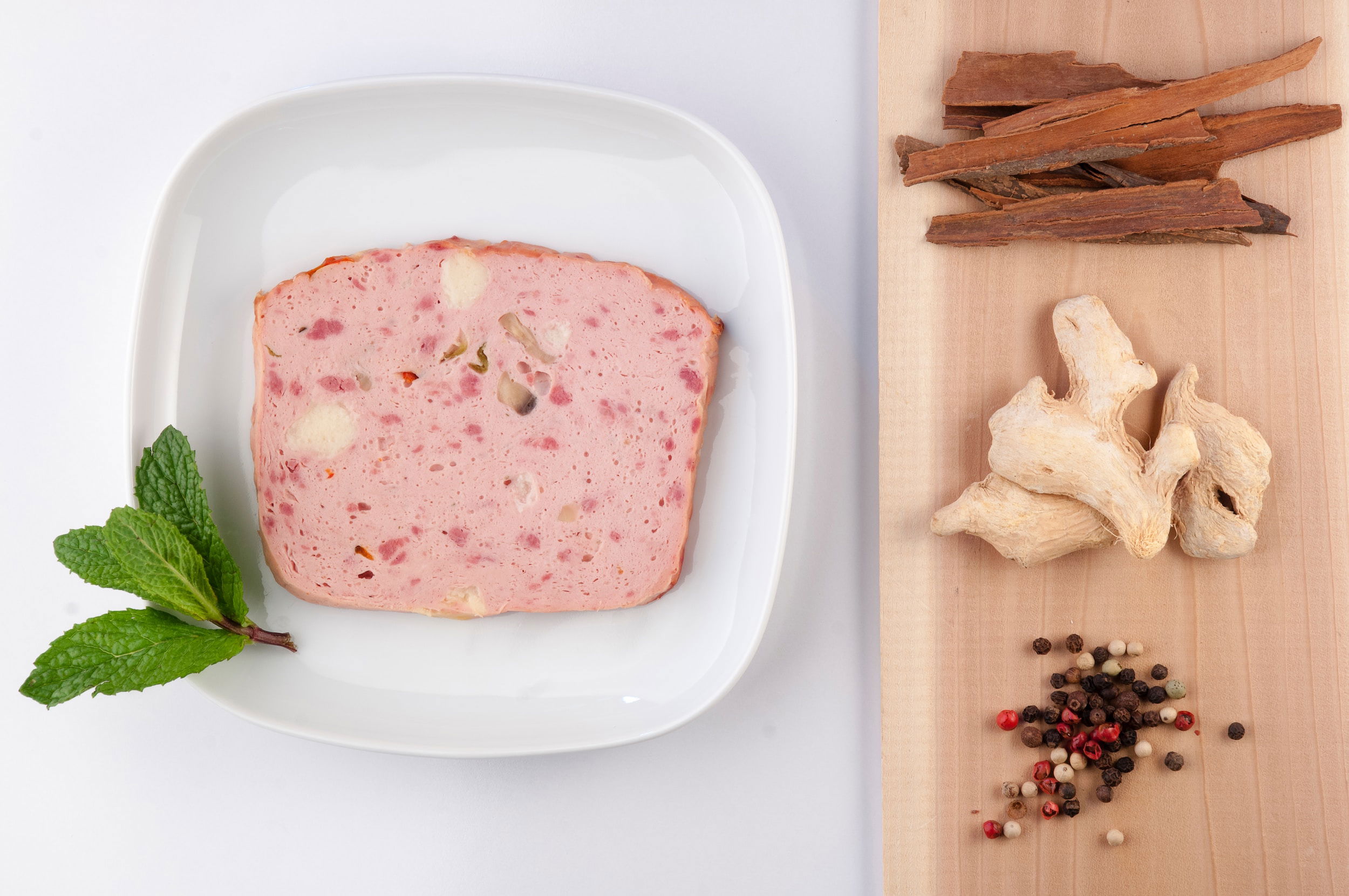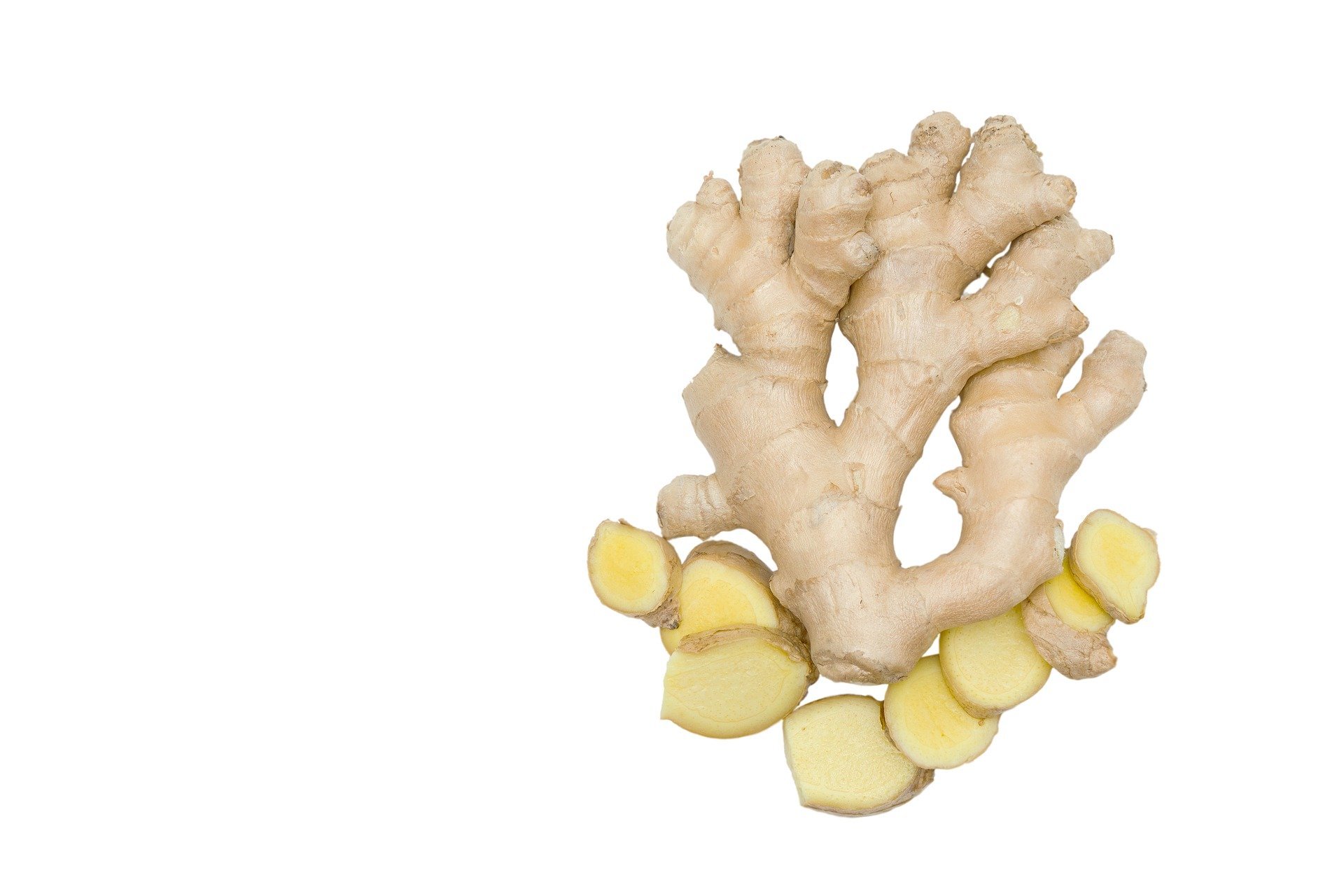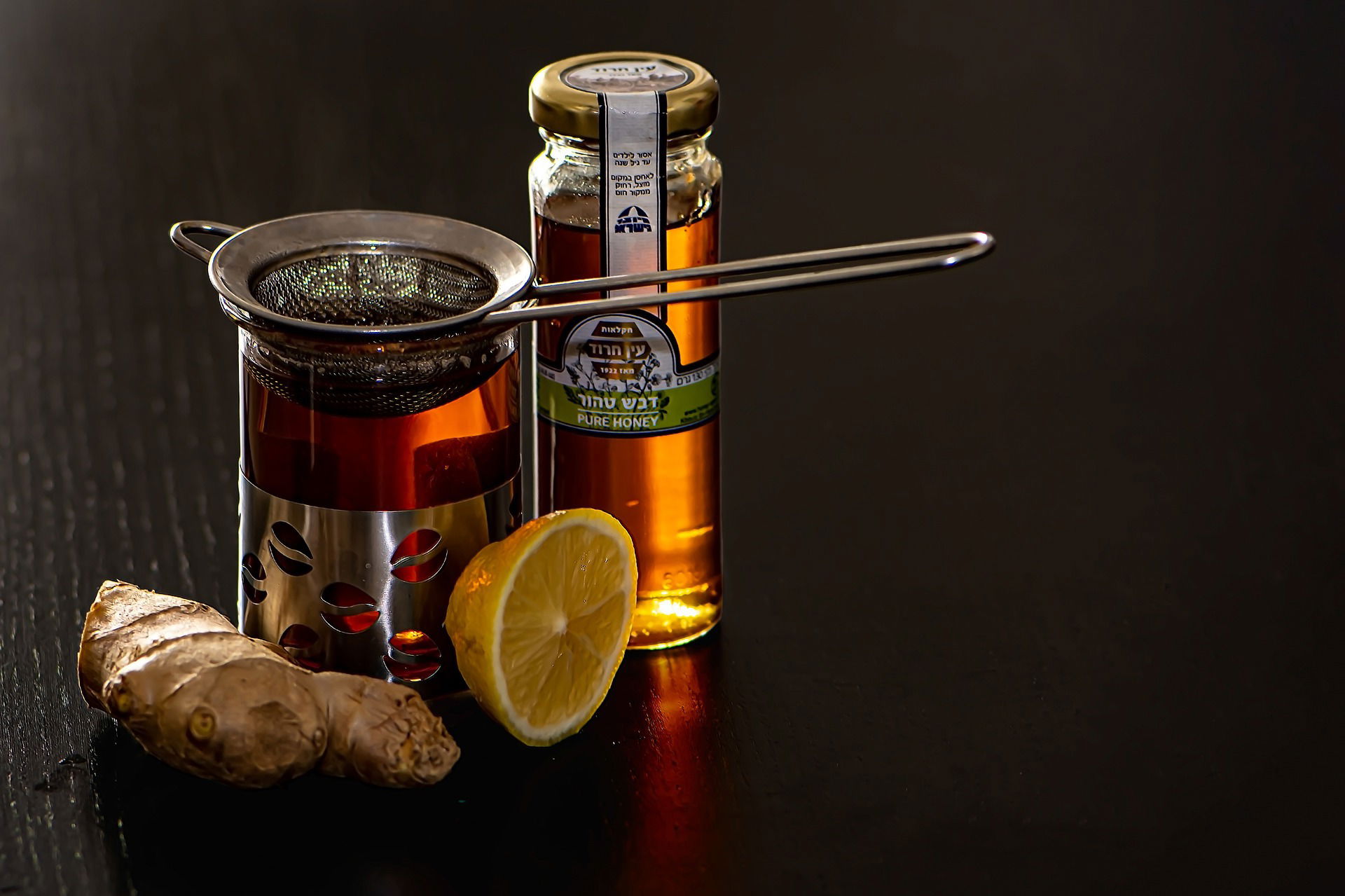Maximizing Profits: Tips for Distributing Thai Ginger Worldwide
Thai ginger, also known as galangal, is a popular ingredient in many dishes across the world, thanks to its unique flavor and health benefits. With the increasing demand for Thai ginger, it has become essential for businesses to have an effective distribution strategy in place to maximize profits. However, the Thai ginger market is highly competitive, with many suppliers and distribution channels vying for market share. In this article, we will explore tips and strategies to help businesses distribute Thai ginger worldwide effectively.
By understanding the market, identifying the right distribution channels, developing a marketing strategy, streamlining the supply chain, building strong relationships with suppliers, leveraging technology, optimizing pricing strategies, and measuring performance, businesses can increase their chances of success in distributing Thai ginger globally.

1. Understanding the Thai Ginger Market
Introduction to Thai Ginger
Thai ginger, also known as galangal, is a popular spice that is native to Southeast Asia, including Thailand and Indonesia. It has a unique flavor, similar to ginger but with a more citrusy and floral taste. Thai ginger is widely used in Thai, Indonesian, and Malaysian cuisine and is a key ingredient in dishes such as curries, soups, and stir-fries.
Market Analysis of Thai Ginger
The global demand for Thai ginger has been increasing steadily in recent years due to the growing popularity of Southeast Asian cuisine. The Thai ginger market was valued at $XX million in 2020 and is expected to reach $XX million by 2025, with a CAGR of XX% during the forecast period. The increasing demand for natural and organic products is a major factor driving the growth of the Thai ginger market.
Thai Ginger Varieties and Their Uses
There are several varieties of Thai ginger, including Greater Galangal, Lesser Galangal, and Chinese Keys. Greater Galangal is the most commonly used variety in Thai cuisine and is used in a variety of dishes such as soups, curries, and stir-fries. Lesser Galangal has a milder flavor and is used in medicinal and herbal preparations. Chinese Keys, also known as Fingerroot, has a unique flavor and is often used in salads and marinades.

2. Identifying Profitable Distribution Channels
Overview of Distribution Channels
There are several distribution channels available for distributing Thai ginger, including supermarkets, specialty food stores, online retailers, and wholesale distributors. Each distribution channel has its own benefits and challenges, and it's important to identify the most profitable channels for your business.
Benefits and Challenges of Different Distribution Channels
Supermarkets offer the widest reach and access to a large customer base, but the competition can be stiff, and profit margins may be lower. Specialty food stores offer a more targeted customer base and can provide higher profit margins, but the reach may be limited. Online retailers offer the convenience of shopping from home, but shipping costs can be high. Wholesale distributors offer the advantage of bulk purchasing, but may require a larger investment upfront.
Choosing the Right Distribution Channel for Thai Ginger
The right distribution channel for Thai ginger will depend on factors such as target market, pricing strategy, and distribution costs. Conducting market research and analyzing the competition can help you identify the most profitable distribution channels for your business.

3. Developing an Effective Marketing Strategy
Importance of Marketing Strategy
A strong marketing strategy is essential for maximizing profits in the Thai ginger industry. It helps to identify target customers, develop a strong brand identity, and create effective promotional and advertising campaigns.
Targeting the Right Audience
Identifying the target audience for Thai ginger is crucial for developing an effective marketing strategy. Thai ginger is popular among foodies, health enthusiasts, and those interested in natural and organic products. Developing targeted marketing campaigns for these groups can help to increase sales and profits.
Creating a Strong Brand Identity
Developing a strong brand identity for Thai ginger can help to differentiate your product from the competition. This can be achieved through effective packaging, branding, and advertising campaigns that highlight the unique flavor and health benefits of Thai ginger.
Promotion and Advertising Strategies
Promotion and advertising can help to increase brand awareness and drive sales. Effective promotion strategies for Thai ginger may include recipe development, social media marketing, and influencer partnerships. Advertising campaigns can be targeted towards specific audiences through online and offline channels.

4. Streamlining the Supply Chain for Efficiency
Overview of Supply Chain Management
Effective supply chain management is essential for maximizing profits in the Thai ginger industry. Supply chain management involves the coordination of all activities involved in the production, distribution, and delivery of Thai ginger.
Challenges of Supply Chain Management in the Thai Ginger Industry
Challenges in the Thai ginger industry supply chain include long lead times, perishable products, and variability in quality and availability. These challenges can lead to increased costs and reduced profits.
Strategies for Improving Supply Chain Efficiency
Strategies for improving supply chain efficiency in the Thai ginger industry may include developing strong relationships with suppliers, implementing effective quality control measures, and investing in technology to improve inventory management and reduce waste. Streamlining the supply chain can help to reduce costs, increase efficiency and improve profit margins.

5. Establishing Strong Relationships with Suppliers
Supplier Relationship Management
A key aspect of maximizing profits in the Thai ginger industry is establishing strong relationships with suppliers. Supplier Relationship Management (SRM) is the process of strategically managing relationships with suppliers to achieve greater value for your organization. By developing a strong supplier relationship, you can negotiate better prices, reduce lead times, and ensure consistent quality of products.
Benefits of Strong Supplier Relationships
The benefits of strong supplier relationships extend beyond financial gains. Collaborating with suppliers can result in improved efficiency, innovation, and risk management. A strong supplier relationship can also lead to better communication, creating a more transparent and harmonious supply chain.
Strategies for Building and Maintaining Strong Supplier Relationships
To build and maintain a strong supplier relationship, it is important to establish trust, communication, and mutual benefit. Regular supplier meetings to discuss business goals and challenges can help to foster a better understanding of each other's business needs. Collaborating on joint initiatives or projects can also help to build a partnership and deepen the relationship. Finally, always ensure that your supplier is treated with the same respect and professionalism as any other business partner.

6. Leveraging Technology for Improved Distribution
Technology in the Thai Ginger Industry
Technology has greatly impacted the Thai ginger industry, enabling greater efficiency and productivity. From automated processing systems to inventory management software, there are a range of technologies available that can improve the distribution process.
Benefits of Technology in Distribution
Technology can improve distribution by streamlining the process, reducing costs and errors, and increasing visibility into the supply chain. Automation of tasks such as order processing and invoicing can save time and money, while real-time inventory tracking can ensure products are always in stock and available for shipment.
Technologies to Improve Distribution Efficiency and Effectiveness
Some of the key technologies used in the Thai ginger industry include enterprise resource planning (ERP) systems, transportation management systems (TMS), and warehouse management systems (WMS). These systems can help to automate processes, reduce manual errors, and provide real-time visibility into inventory and shipments. Other technologies such as barcode scanning and internet of things (IoT) sensors can be used to track products in real-time and ensure they are delivered to customers on time.

7. Optimizing Pricing Strategies to Maximize Profits
Importance of Pricing Strategies in the Thai Ginger Industry
Pricing strategies play a critical role in maximizing profits in the Thai ginger industry. Deciding on the right price for your products can be challenging as it involves balancing the cost of production with market demand and competitors' pricing.
Different Pricing Strategies for Thai Ginger
There are several pricing strategies to choose from, including cost-plus pricing, competitive pricing, and value-based pricing. Cost-plus pricing involves adding a mark-up to the cost of production to arrive at the selling price. Competitive pricing involves setting prices based on the prices of competitors. Value-based pricing, on the other hand, involves setting prices based on the perceived value of the product to the customer.
Factors to Consider When Developing Pricing Strategies
When developing pricing strategies, it is important to consider factors such as the cost of production, market demand, and competition. You should also consider the quality of your products and how this compares to the competition. Finally, it is important to keep in mind the financial goals of your organization and ensure that the pricing strategy aligns with these goals.

8. Measuring Performance and Adjusting Strategies for Continued Success
Importance of Measuring Performance and Results
Measuring performance and results is critical to achieving success in the Thai ginger industry. It allows you to evaluate whether strategies are working and identify areas for improvement. Measuring performance can also help to identify trends and patterns that can inform future decision-making.
Metrics to Measure Success in the Thai Ginger Industry
Some metrics to measure success in the Thai ginger industry include sales revenue, profit margins, customer satisfaction, and inventory turnover. These metrics can provide insight into how well your business is performing, and can be used to identify areas for improvement.
Adjusting Strategies for Continued Success
As the market and consumer needs evolve, it is important to adjust strategies to ensure continued success. By regularly monitoring performance and results, you can identify areas for improvement and take corrective action. This may involve adjusting pricing strategies, sourcing new suppliers, or investing in new technology to improve distribution. Being flexible and adaptable is key to continued success in the Thai ginger industry.
In conclusion, distributing Thai ginger worldwide can be a lucrative business if the right strategies are implemented. By following the tips outlined in this article, businesses can improve their chances of success in the highly competitive Thai ginger market. By understanding the market and choosing the right distribution channels, building strong relationships with suppliers, leveraging technology, and optimizing pricing strategies, businesses can maximize profits and achieve long-term success in distributing Thai ginger across the world.

FAQs
What are the health benefits of Thai ginger?
Thai ginger has many health benefits, including anti-inflammatory, antioxidant, and anti-microbial properties, as well as digestive and immune system benefits.
What are the different varieties of Thai ginger?
There are several varieties of Thai ginger, including greater galangal, lesser galangal, sand ginger, and Chinese ginger.
What are the challenges of distributing Thai ginger worldwide?
Some of the challenges of distributing Thai ginger worldwide include fierce competition, supply chain inefficiencies, and pricing pressures.
What technologies can be used to improve Thai ginger distribution?
Technologies such as blockchain, logistics management software, and sensors can be used to improve Thai ginger distribution by increasing transparency, tracking product quality, and optimizing supply chain efficiency.
